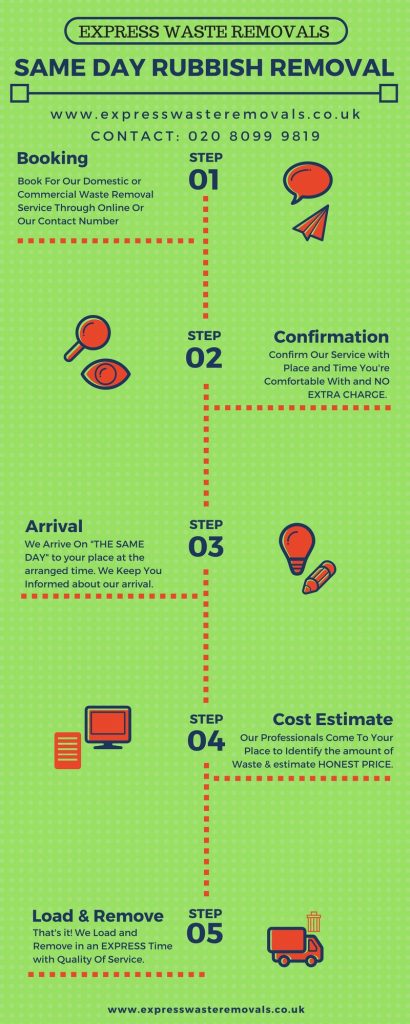Just How To Pick The Right Dumpster Size For Your Task: A Comprehensive Guide
Just How To Pick The Right Dumpster Size For Your Task: A Comprehensive Guide
Blog Article
Personnel Writer-Swain York
When starting a job that calls for a dumpster, the dimension you pick can greatly impact its efficiency and cost-effectiveness. Imagine having the excellent container that fits all your waste without being excessively huge or too little. Everything starts with understanding the subtleties of your task and selecting a dumpster size that lines up with your details requirements. So, before you decide, consider the elements at play to guarantee a smooth waste management process from beginning to end.
Factors to Consider
When picking the ideal dumpster size, there are several essential variables to consider.
First, think of the type of waste you'll be taking care of. Different products may call for varying quantities of area, so comprehending what you'll be putting in the dumpster is crucial.
Next, examine the quantity of waste you anticipate to generate. If you take too lightly the quantity, you may require to make multiple trips to deal with everything, which can be troublesome and expensive. On the other hand, renting out a dumpster that's too large can result in unneeded expenditures.
In addition, think about the area where the dumpster will be positioned. Make certain there's enough space for the dumpster to be provided and gotten without any obstructions.
visit my website but not least, consider any weight constraints that might use. Going beyond the weight restriction can lead to extra charges or even the refusal of service.
Dumpster Size Choices
For selecting the appropriate dumpster size, it's vital to have a mutual understanding of the available choices. Dumpster sizes normally range from 10 to 40 cubic yards, with variants in between.
A 10-yard dumpster appropriates for tiny jobs like a garage cleanout or a little remodelling. If you're taking on a medium-sized task such as a kitchen remodel or a cellar cleanout, a 20-yard dumpster could be the ideal choice.
For construction dumpster near me like a whole-house remodelling or industrial building and construction, a 30 or 40-yard dumpster could be preferable to accommodate the quantity of waste created.
When picking a dumpster size, consider the amount and sort of particles you expect to get rid of. It's much better to choose a somewhat bigger size if you're uncertain to prevent overfilling. Keep in mind, it's even more cost-effective to rent out a dumpster that fits your needs as opposed to needing to get an extra one.
Matching Dimension to Task
Efficiently matching the dumpster dimension to your job is critical for efficient waste administration. To identify the ideal dimension, consider the extent and nature of your project.
For small family cleanouts or restorations, a 10-yard dumpster might be sufficient. These are usually 12 feet long and can hold about 4 pickup tons of waste.
For bigger jobs like remodeling numerous areas or clearing out a large estate, a 20-yard dumpster may be preferable. These are around 22 feet long and can hold approximately 8 pickup truck loads.
If you're tackling a major building and construction task or industrial renovation, a 30-yard dumpster could be the very best fit. These dumpsters have to do with 22 feet long and can accommodate about 12 pickup tons of debris.
Matching the dumpster dimension to your job guarantees you have adequate room for all waste materials without paying too much for unused ability.
Final thought
Finally, selecting the best dumpster size for your project is critical for effective waste disposal. By thinking about aspects like the kind and quantity of waste, room accessibility, weight restrictions, and spending plan constraints, you can guarantee you have the appropriate size dumpster for your needs. Make certain to match the dimension of the dumpster to the extent and nature of your job to avoid overspending on unneeded costs.
